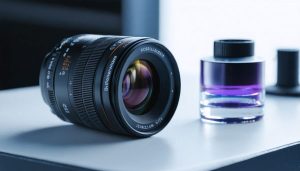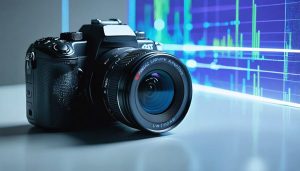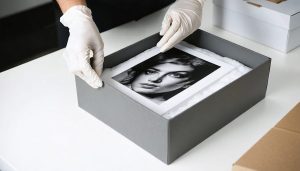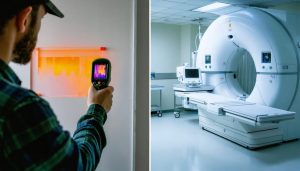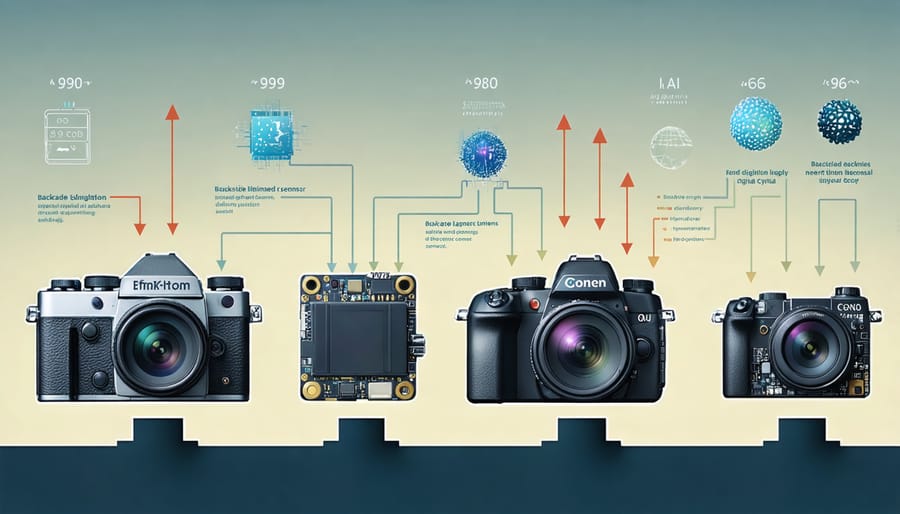
In the ever-shrinking world of digital imaging technology, miniature camera modules have revolutionized how we capture, share, and integrate visual information into our daily lives. These tiny yet powerful devices, often measuring just millimeters in size, pack sophisticated optics, sensors, and processing capabilities that rival traditional cameras of the past.
From smartphones that fit in our pockets to medical devices that explore the human body, miniature camera modules have become the eyes of our modern technological landscape. Their rapid evolution has enabled breakthrough applications in robotics, autonomous vehicles, security systems, and wearable devices, fundamentally changing how we interact with and perceive our world.
As these modules continue to advance, incorporating features like advanced autofocus, image stabilization, and artificial intelligence processing, they’re pushing the boundaries of what’s possible in compact imaging solutions. Whether you’re a technology enthusiast, product developer, or industry professional, understanding the capabilities and potential of miniature camera modules is crucial in today’s increasingly visual and connected world.
The convergence of optical engineering, semiconductor technology, and computational photography has created these remarkable devices that not only capture moments but enable innovations that were once confined to science fiction. Let’s explore the fascinating world of miniature camera modules and discover how they’re shaping the future of imaging technology.
The Evolution of Camera Miniaturization
From Bulky to Microscopic
The journey from the first camera modules to today’s miniature marvels is a testament to revolutionary camera technology. In the 1990s, the first digital camera modules were roughly the size of a shoebox, weighing several pounds and requiring significant power to operate. By the early 2000s, manufacturers had managed to shrink these modules to about the size of a deck of cards, enabling the first camera phones.
The real breakthrough came in 2010 when backside-illuminated sensors emerged, allowing for dramatically smaller designs without compromising image quality. This innovation paved the way for today’s pinhead-sized modules measuring just 2-3mm in diameter. Modern smartphones now pack multiple camera modules smaller than a coin, each serving different photography needs.
Perhaps most impressive is the latest generation of modules incorporating liquid crystal lenses and computational imaging, which achieve incredible results despite their microscopic size. These advances have made it possible to integrate high-quality cameras into everything from medical devices to autonomous drones, fundamentally changing how we capture and interact with images.
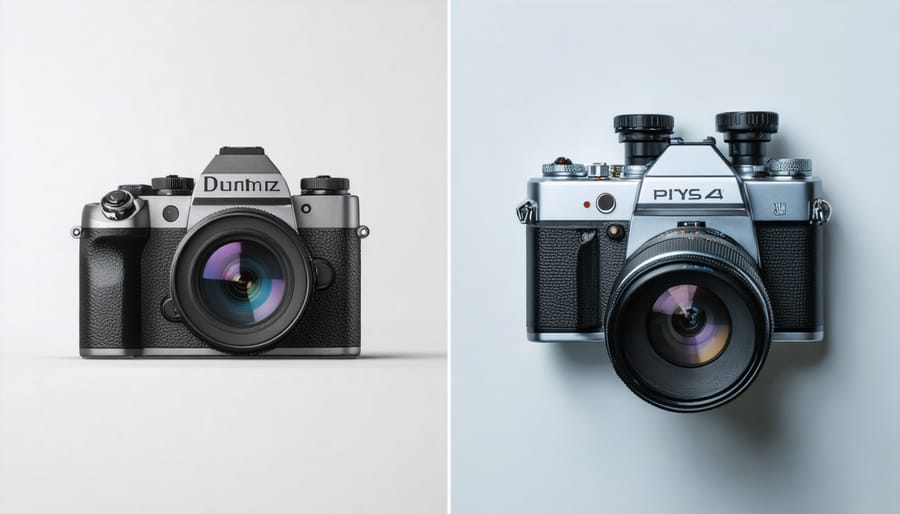
Nanotechnology’s Role
Nanotechnology has revolutionized the development of miniature camera modules, pushing the boundaries of what’s possible in compact imaging systems. At the nanoscale level, scientists and engineers can manipulate materials and structures that are just billionths of a meter in size, enabling the creation of increasingly sophisticated sensor designs and optical elements.
One of the most significant breakthroughs has been the development of nanostructured light-sensitive materials that can capture more light in a smaller area. These materials feature precisely engineered patterns that enhance light absorption and reduce noise, resulting in better low-light performance despite the compact size.
Nano-coating technologies have also transformed lens manufacturing, allowing for the creation of ultra-thin lens elements with superior optical properties. These coatings can reduce glare, improve light transmission, and enhance durability while maintaining an incredibly slim profile.
Moreover, nanotechnology has enabled the development of more efficient image processing circuits that can be packed into increasingly tight spaces. Through the use of advanced semiconductor manufacturing processes, these nano-scale circuits can process complex imaging algorithms while generating less heat and consuming less power than their larger predecessors.
Inside Modern Miniature Camera Modules
Core Components
Miniature camera modules rely on three essential components working in harmony to capture high-quality images despite their compact size. At the heart of these modules lies the image sensor, typically either a CMOS or CCD sensor, which converts light into electrical signals. Modern CMOS sensors dominate the market due to their energy efficiency and superior performance in low-light conditions.
The lens system, another crucial component, consists of multiple optical elements carefully arranged to focus light onto the sensor. These specialized lenses are precision-engineered to maintain image quality while keeping the module’s profile slim. Many modules feature auto-focus capabilities through voice coil motors (VCMs) or liquid lens technologies, allowing for sharp images across various distances.
The processing unit ties everything together, handling tasks like image processing, noise reduction, and color correction. This component, often called an Image Signal Processor (ISP), transforms raw sensor data into the final image or video output. Modern ISPs can perform complex operations like HDR processing and real-time image enhancement, all while maintaining minimal power consumption.
Supporting these core elements are various auxiliary components, including flexible printed circuits (FPC) for connectivity, IR filters to manage infrared light, and housing units that protect the delicate internal components while maintaining precise alignment. Together, these components create a sophisticated imaging system that can fit in spaces as small as a fingernail while delivering impressive image quality.
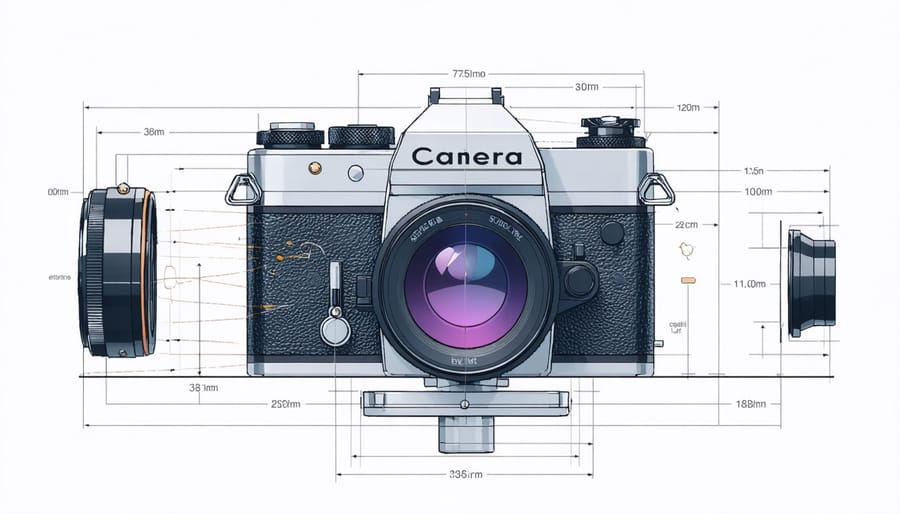
Advanced Features
Modern miniature camera modules pack an impressive array of advanced camera features into incredibly compact packages. At the forefront is phase-detection autofocus (PDAF), which enables lightning-fast focusing by comparing light patterns on opposite sides of the lens. This technology, once exclusive to professional cameras, now allows smartphone users to capture crisp action shots and precise portraits.
Image stabilization has also evolved significantly, with both optical (OIS) and electronic (EIS) systems working in tandem. OIS physically moves lens elements to counteract hand shake, while EIS uses software algorithms to smooth out footage. Some cutting-edge modules even incorporate gimbal-like stabilization, offering steady shots that rival dedicated video cameras.
HDR (High Dynamic Range) capabilities have become increasingly sophisticated, with real-time processing that can capture multiple exposures simultaneously. This allows for stunning detail in both shadows and highlights, even in challenging lighting conditions.
The latest modules also feature advanced noise reduction algorithms, working alongside larger sensors and improved ISO performance. This combination delivers exceptional low-light photography that was previously impossible in such small form factors. Many modules now include dedicated night mode algorithms that can capture stunning images in near-darkness while maintaining natural colors and reducing grain.
Size vs. Performance Trade-offs
When it comes to miniature camera modules, the relationship between size and performance presents fascinating challenges for manufacturers and photographers alike. As modules become smaller, engineers must carefully balance various factors to maintain image quality while working within tighter spatial constraints.
The primary trade-off comes from sensor size. Smaller sensors typically capture less light, which can result in increased noise in low-light conditions and reduced dynamic range. However, manufacturers have developed innovative solutions, such as back-illuminated sensors and advanced noise reduction algorithms, to help minimize these limitations.
Lens design also plays a crucial role. Miniaturization often means shorter focal lengths and smaller apertures, which can affect depth of field and light-gathering capabilities. Yet modern optical engineering has made remarkable progress, with multi-element designs and aspherical lenses helping to maintain image quality despite size constraints.
Another consideration is heat management. Smaller cameras have less surface area for heat dissipation, which can impact sensor performance and potentially increase noise in images. Manufacturers address this through efficient circuit design and advanced heat-dissipating materials.
Despite these challenges, miniature camera modules continue to evolve, with some recent models achieving impressive results that rival larger cameras in good lighting conditions. The key lies in understanding these trade-offs and choosing a module that best fits your specific needs and usage scenarios.
Real-World Applications
Smartphone Photography
Miniature camera modules have revolutionized smartphone photography, transforming our mobile devices into powerful imaging tools. Modern smartphones pack multiple camera sensors into increasingly thin frames, each serving specific purposes like ultra-wide shots, telephoto zoom, or macro photography. These compact modules, often measuring just a few millimeters in thickness, utilize advanced technologies like phase-detection autofocus and optical image stabilization to deliver professional-quality results.
The integration of artificial intelligence and computational photography has further enhanced these tiny cameras’ capabilities. By combining multiple exposures and applying sophisticated algorithms, smartphones can now capture stunning low-light photos, create beautiful bokeh effects, and even shoot RAW images that rival traditional cameras. Features like night mode and HDR have become standard, compensating for the physical limitations of smaller sensors.
Manufacturers continue to push boundaries, with recent innovations including periscope zoom systems and liquid lens technology. These advancements allow for greater optical zoom ranges and faster focusing while maintaining the slim profile that smartphones demand. As miniaturization techniques improve, we’re seeing higher megapixel counts, better light sensitivity, and enhanced video capabilities packed into ever-smaller camera modules.
Medical Imaging
Miniature camera modules have revolutionized medical imaging, particularly in endoscopy and diagnostic procedures. These tiny cameras, often just millimeters in size, enable medical professionals to navigate through the human body with unprecedented precision and minimal invasiveness.
In endoscopic procedures, these modules serve as the eyes of surgeons, providing high-resolution images of internal organs and tissues. Modern endoscopes equipped with miniature cameras can capture both still images and video footage in full HD quality, helping doctors identify abnormalities and guide surgical instruments with remarkable accuracy.
The latest medical imaging cameras incorporate advanced features like autofocus, image stabilization, and enhanced low-light performance. Some cutting-edge modules even combine different imaging technologies, such as fluorescence imaging, which helps surgeons identify specific tissues or blood vessels during procedures.
These cameras have also found their way into pill cameras – swallowable devices that capture images throughout the digestive tract. This innovation has transformed gastrointestinal diagnostics, allowing doctors to examine areas of the small intestine that traditional endoscopes cannot reach.
The impact of miniature cameras in medicine continues to grow, with emerging applications in robotic surgery, dental imaging, and ophthalmology, making procedures safer and more effective for patients.
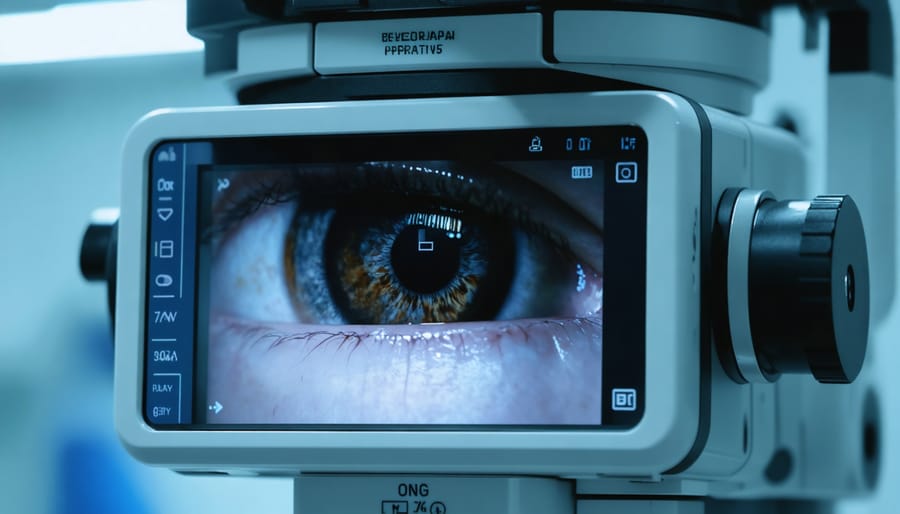
Emerging Applications
Miniature camera modules are finding their way into an expanding universe of cutting-edge applications, revolutionizing how we interact with technology. Drones have become one of the most dynamic platforms for these tiny cameras, enabling everything from aerial photography to precision agriculture. The latest micro-drones, some barely larger than a golf ball, rely on ultra-compact camera modules to navigate and capture stunning aerial footage while maintaining their diminutive size.
In the wearables market, smart glasses and body-worn cameras are becoming increasingly sophisticated thanks to miniature camera technology. These devices are transforming fields like law enforcement, healthcare, and sports analytics, offering point-of-view recording capabilities that were previously impossible.
The integration of miniature cameras into IoT camera applications is perhaps the most exciting development. From smart doorbells to intelligent kitchen appliances, these tiny imaging systems are becoming the eyes of our connected homes. They’re enabling advanced features like facial recognition, gesture control, and automated monitoring, all while maintaining minimal power consumption and footprint.
The automotive industry has also embraced this technology, incorporating multiple miniature cameras for advanced driver assistance systems (ADAS) and autonomous driving capabilities, showcasing just how versatile these compact imaging solutions have become.
Future Perspectives
Next-Generation Technologies
The future of miniature camera modules is being shaped by several groundbreaking camera innovations that promise to revolutionize how we capture and process images. Researchers are developing quantum dot sensors that could dramatically improve low-light performance while maintaining the compact form factor photographers love. These sensors may soon enable night photography capabilities that rival full-frame cameras.
Artificial intelligence is also transforming miniature cameras, with neural processing units being integrated directly into the modules. This on-device AI can handle complex tasks like real-time object recognition and advanced noise reduction, all while consuming minimal power.
Perhaps most exciting is the development of metalens technology, which uses nanostructures to manipulate light instead of traditional curved glass elements. This could lead to ultra-thin camera modules that are fraction of current sizes while delivering superior image quality. Combined with developments in flexible sensors, we might soon see bendable cameras that can be integrated into everyday objects or worn as accessories.
These innovations aren’t just theoretical – many are already in advanced testing stages, suggesting we’re on the cusp of a major leap forward in miniature photography technology.
Predicted Impact
The future impact of miniature camera modules promises to revolutionize both photography and device design. As these modules continue to shrink while improving in quality, we’ll likely see them integrated into everyday items in unprecedented ways. Smart glasses could incorporate multiple microscopic cameras, enabling seamless augmented reality experiences and hands-free photography. Wearable devices might feature arrays of tiny cameras working together to capture depth and dimensional data, making 3D photography as common as today’s snapshots.
In smartphone development, smaller camera modules will free up valuable internal space, allowing for larger batteries or additional features while maintaining slim profiles. This miniaturization trend could also lead to innovative security applications, with discrete cameras embedded in doorknobs, clothing, or even jewelry. Medical devices will benefit significantly, as smaller cameras enable less invasive diagnostic procedures and more comfortable wearable health monitors.
Perhaps most exciting is the potential for microscopic camera arrays that work together, creating computational photography systems that could challenge traditional camera capabilities while fitting in spaces previously thought impossible. This evolution will likely blur the line between everyday objects and sophisticated imaging devices, fundamentally changing how we capture and interact with visual information.
Miniature camera modules have revolutionized how we capture and interact with the world around us. From enabling sophisticated smartphone photography to advancing medical imaging and autonomous vehicles, these tiny powerhouses continue to push the boundaries of what’s possible in digital imaging. As technology advances, we can expect even smaller, more powerful modules with enhanced capabilities like advanced AI processing, improved low-light performance, and higher resolution sensors. The integration of these modules into emerging technologies like augmented reality glasses, IoT devices, and wearable tech will create new possibilities for both professional photographers and everyday users. With ongoing developments in sensor technology and optical engineering, miniature camera modules will remain at the forefront of innovation, shaping the future of photography and imaging across countless industries and applications.


